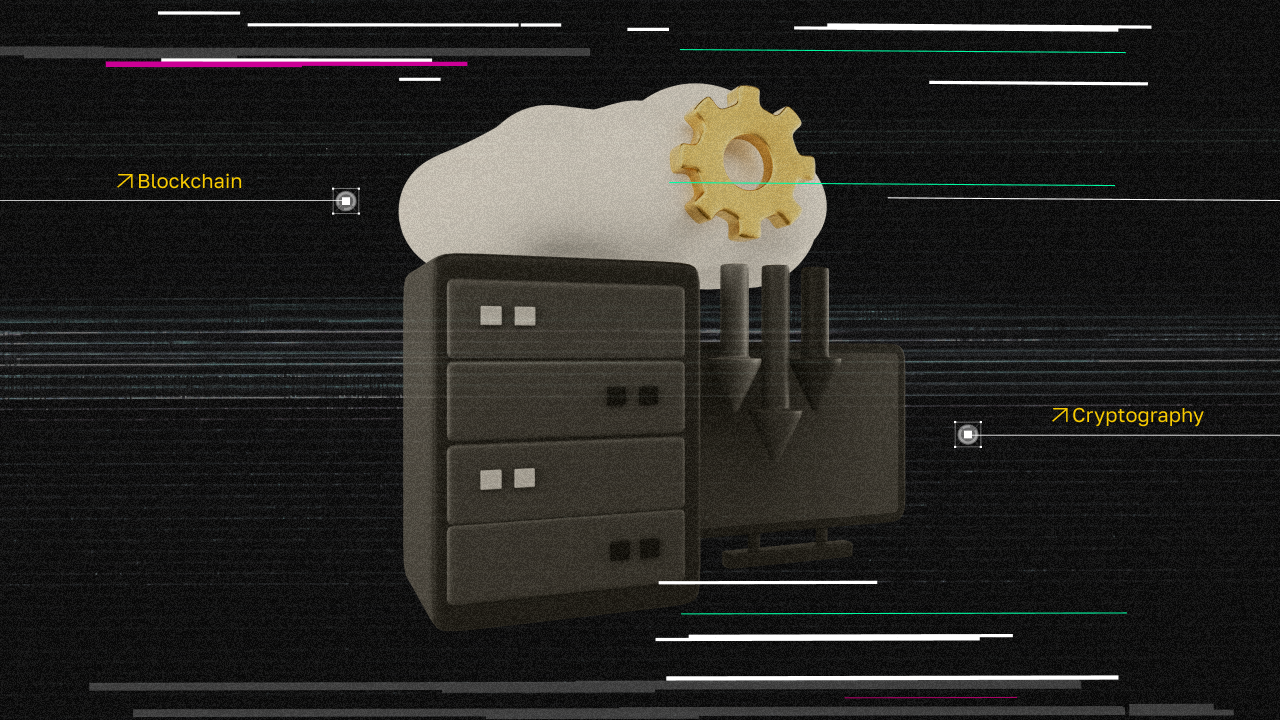Cryptography: The Science That Gave Birth to Blockchain

Cryptography — the science of encoding and protecting information — forms the foundation of blockchain and cryptocurrencies. Before computers and Bitcoin, humans developed methods to conceal messages and protect secrets. In this article, we’ll trace the history of cryptography from ancient civilizations to modern blockchain systems — and explore why it remains a cornerstone of the Web3 ecosystem.
From Ancient Symbols to Roman Ciphers
The earliest signs of cryptography appear in Ancient Egypt, where symbols were intentionally altered in inscriptions, not just for decoration, but to obscure meaning. Clay tablets with encrypted messages have also been found in Mesopotamia. In the tomb of the Egyptian official Khnumhotep II, dating back nearly 4,000 years, coded writings were discovered — evidence of early encryption techniques.
The classical world expanded on these ideas for military use. In Sparta, the scytale — a cipher device involving wrapping a message around a rod — was used to secure messages. In Rome, the famous Caesar cipher, which involved shifting letters of the alphabet, became a primitive but pivotal step in developing cryptographic thinking.
The Middle Ages and the Birth of Cryptanalysis
As states and diplomacy evolved during the Middle Ages, cryptography became essential to political and military communications. In the 9th century, the Arab scholar Al-Kindi introduced frequency analysis — a breakthrough method for decrypting simple substitution ciphers. This marked the beginning of cryptanalysis, the art of codebreaking.
In the 15th century, Leon Battista Alberti developed the polyalphabetic cipher, which used multiple alphabets to defend against frequency analysis. Around the same time, binary encoding emerged — a precursor to modern computing and the digital age.
The Modern Era and Mechanical Encryption
As science progressed, so did cryptography. In the 18th century, U.S. statesman Thomas Jefferson invented a cipher wheel, a mechanical device for scrambling messages — a forerunner of analog encryption machines.
During World War II, Germany’s Enigma machine became a symbol of advanced military cryptography. Believed to be unbreakable, it was eventually cracked by British mathematicians led by Alan Turing, whose work laid the groundwork for modern computing and encryption logic.
The Digital Revolution and the Rise of Cryptocurrencies
With the arrival of computers, cryptography entered the digital age. Complex algorithms like AES (Advanced Encryption Standard) became critical for securing online communication, financial systems, and national infrastructure.
One of the most significant breakthroughs was asymmetric cryptography, which enabled secure communication without exchanging private keys. This innovation gave rise to digital signatures, making safe, trustless systems possible and laying the foundation for cryptocurrencies.
Cryptography is where the term "cryptocurrency" comes from: "crypto" = encryption, "currency" = a medium of exchange. Without encryption, crypto assets wouldn’t exist.
Cryptocurrencies rely on cryptography in several key ways:
- Hash functions create unique IDs for transactions
- Digital signatures confirm ownership and authenticity
- Algorithms like ECDSA (Elliptic Curve Digital Signature Algorithm) secure wallets and validate transactions
For example, when you send tokens on Ethereum, your wallet signs the transaction using your private key. The network verifies the signature with your public key. If valid, the transaction is added to the blockchain. There’s no central authority — just cryptographic math ensuring security and trust.
Cryptography Today and Tomorrow
Today, cryptography protects everything from messenger chats to multi-million-dollar crypto wallets. It’s the bedrock of digital privacy and financial autonomy. But it continues to evolve, especially with the looming challenge of quantum computing. Researchers are already working on post-quantum encryption to secure the future.
For Web3 founders, cryptography isn’t just a technical layer — it’s the language of trust. Without a basic understanding of cryptographic principles, designing secure protocols, building robust token economies, or earning user confidence is impossible.
Final Thoughts
Cryptography has accompanied civilization for millennia, helping protect information, secure communication, and build decentralized digital worlds. Today, it enables blockchain systems, autonomous networks, and new forms of economic freedom.
Every crypto enthusiast — and every Web3 builder — should understand how cryptography works. It’s more than history or code. It’s the foundation of trust in everything we call Web3.
Contact us if you're building a secure crypto product, designing token logic, or need expert support across your Web3 stack. Follow Cware Academy for more deep-dive articles on cryptography, blockchain infrastructure, and how to build secure, scalable crypto products for the next internet generation.
